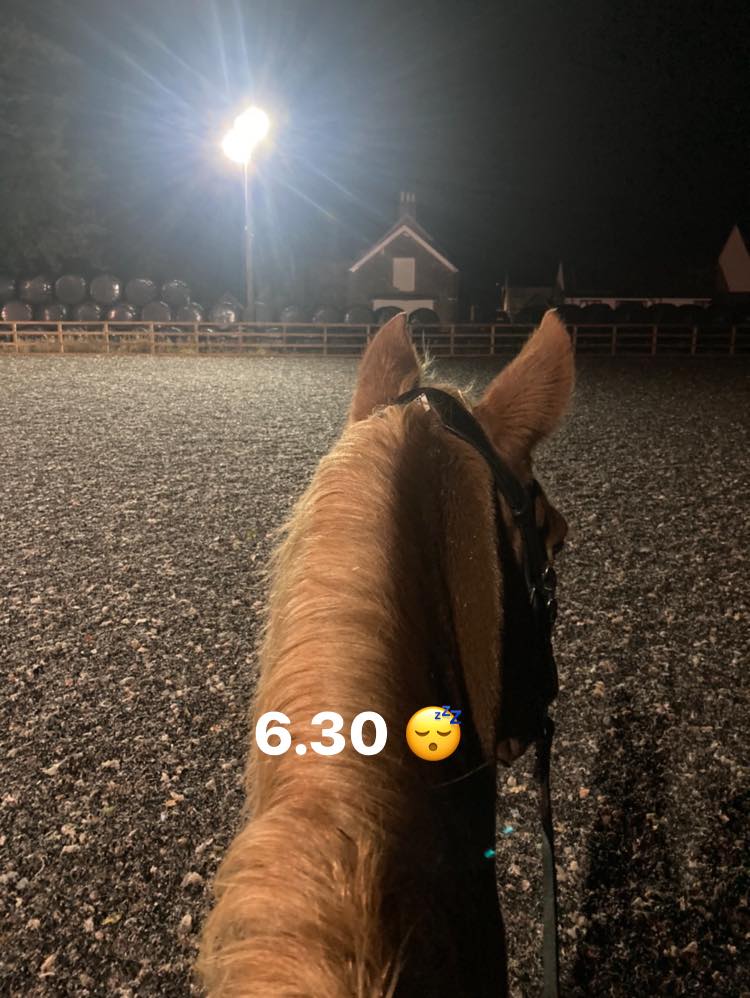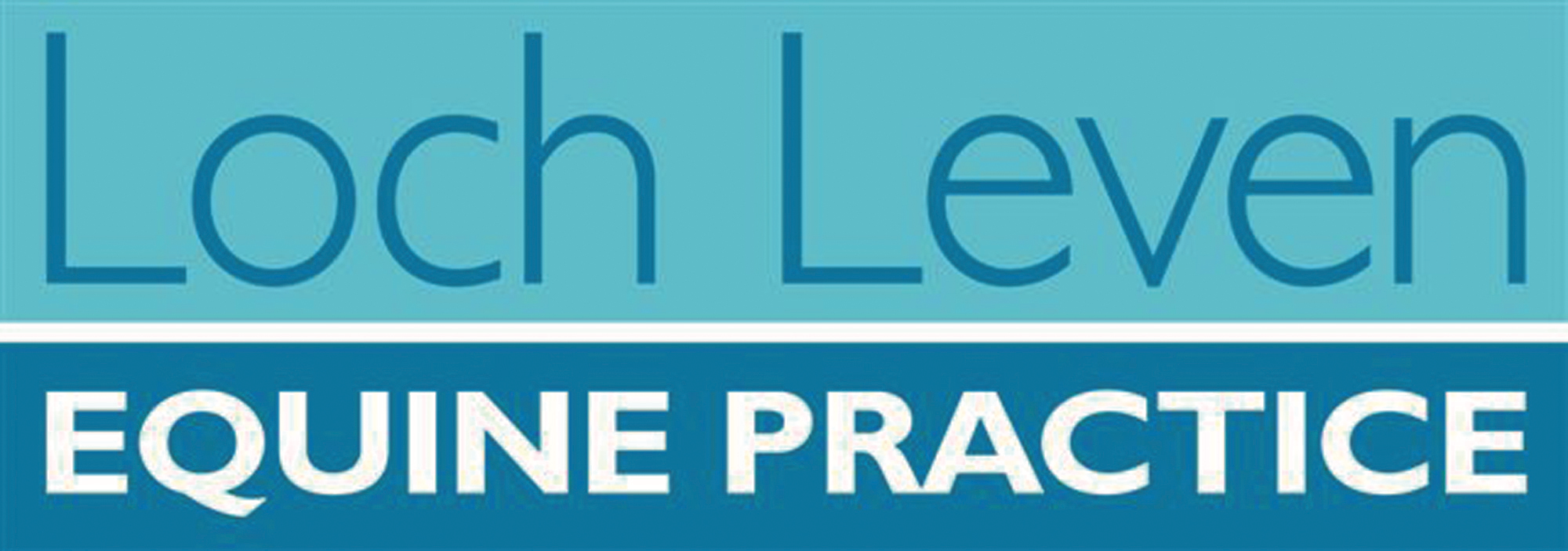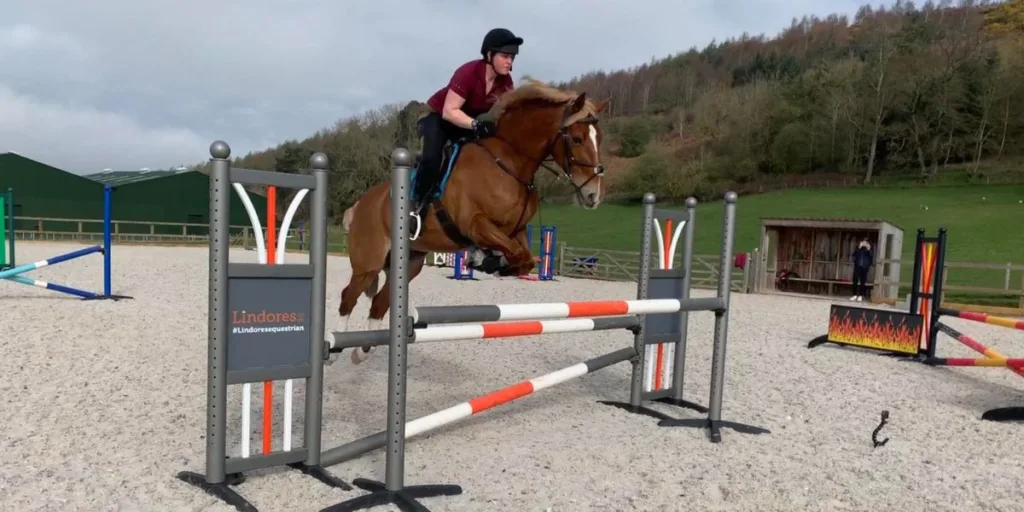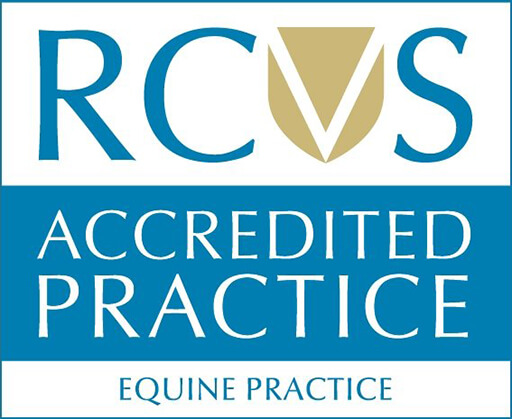Prior to 2018 Jennifer Craig never thought she would be facing an uncertain future with her horse Troy. Two years on and after lots of hard work, blood, sweat and tears, Jen shares her story on beating laminitis and EMS.
I have owned Troy (Vittador Kiss From a Rose) since 2009 having purchased him from his breeder Victoria McBride of Vittador Stud.
My main goal with Troy was to compete in affiliated showing; attending our local county shows and striving to compete in Working Hunter competitions.
In April 2018 just when we were at our peak, the yard where Troy was on livery was placed into lockdown with a case of Strangles.
This was a big turning point in our journey together as regrettably at a time when we would have been in full fitness, I took my foot off the gas too much and within six weeks my boy whom I had spent the previous nine years trying to keep weight on, came in from the field lame in his near hind.
Karen Wilson from Loch Leven Equine Practice came out to see us. We began treating for an abscess, however after a week of poulticing, it became apparent this was not the problem. Karen suggested X-Rays with the thoughts of a possible fracture.
At the time I would never have believed he was overweight (Karen had other opinions!). X-rays showed that he had laminitis, presenting in both hinds with rotation of the pedal bone. We tested for Equine Metabolic Syndrome (EMS) and sure enough this came back positive.
First port of call was to get the Laminitis under control; removing all sugar from his diet and stripping any excess weight. LLEP sent the X-rays to my farrier, Fraser Spittall, and together we worked to get my boy back on track.
This was one of the most stressful times of my life, I felt like I had been dropped into a minefield and was trying to work my way out blind. Cue a lot of phone calls to Karen to discuss nutrition and management.
Managing EMS in the beginning is very difficult. Learning to understand sugars, growth, grazing times, the effects of temperature/daylight and most importantly how all of this effects your horse.
Learning how to feel for a digital pulse and work out what our ‘Normal’ was. I now know that if it is warm during the day Troy will come in with a pulse and that’s ok…as long as it goes down by the morning!
LLEP did a talk on Equine Metabolic Disease with Thrums Vet Group which was streamed live on Facebook and was extremely helpful in providing me with a lot of information.
After eight weeks of box rest, we began the process of working our way back to normality. In hand walking, reintroducing grass and then after a further set of X-Rays reintroducing ridden work!
In January 2019, I had more X-rays and blood tests carried out to see how we were fairing before I increased our workload, we had booked into another Equiteam Camp for the April. I received the best news, the EMS was back under control and his feet where in fantastic condition.

I knew by this point that he would never be able to safely carry enough ‘condition’ to ever contest the show ring again. This was a big low for me, it was where my heart lay and myself and my family were usually out competing most weekends. I held on to a little hope that he might be ok for Working Hunter.
In February 2019 I fell pregnant with my second child. That year I had to learn how to manage the EMS purely with nutrition and I brought Troy back in to work 4 weeks after the birth of my baby girl.
I rode all winter, normally in the saddle for about 5am but by January 2020, Troy was having some intermittent lameness that I couldn’t put my finger on.
I went through all the usual tick boxes; teeth, physio and a new saddle was purchased. However by March he was still just not 100% so I called Karen and we decided to send him in to the hospital for a full lameness work up and X Rays.
Due to Covid 19 and the restrictions put in place it was Hugh Sommerville who dealt with him this time. He was indeed a little lame in front, the X-rays showed no changes from the previous year and even better no signs of Navicular!
Hugh advised trying gel insoles to help absorb some of the concussion in the front feet, he emailed everything over to my farrier and with a little balance change alongside the insoles we were back on track, although this spelled the end of our Working Hunter dreams.
Our journey has not been straight forward and we have had some highs and some lows but sometimes you just need to take the rough with the smooth.
I am a very driven person, I always like to have a goal so although we have officially hung up our showing hat, we have now set our sights on British Eventing and our new goal is compete and complete a BE80, something which I believe we can achieve with a little hard graft.
With the help of Loch Leven Equine Practice, their collaboration with my fantastic Farrier Fraser Spittal and the never ending instruction from Liz Daniels I know we will be kept on the right track.
If you would like to know more about Equine Metabolic Syndrome and Laminitis you can listen to our Podcast Conversations.
If you have any concerns about your horse or questions about weight loss please call our team on 01577 841010.


